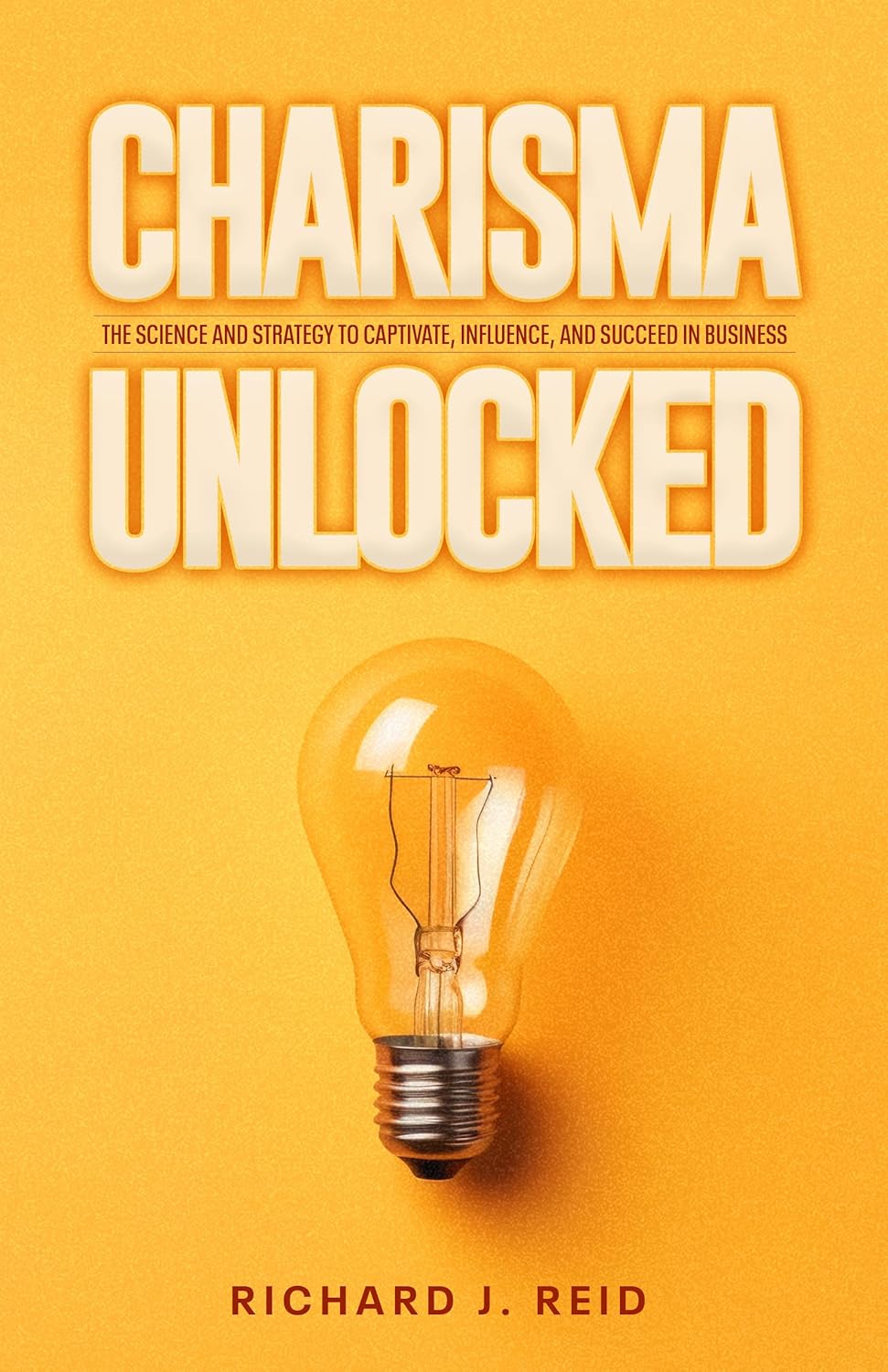Executive Summary
Decision-making is a cornerstone of legal practice, but it is not immune to the influence of subconscious cognitive biases. These biases can subtly sway judgment, influence client outcomes, and lead to errors in strategic thinking. This paper delves into the nature of cognitive biases specific to the legal field, exploring how they manifest in legal decision-making and courtrooms. It also provides practical approaches grounded in cognitive psychology to help legal professionals recognise and mitigate these biases, fostering more balanced and effective strategies.
Introduction
Law practice often demands rational and objective reasoning; lawyers, judges, and clients must make informed decisions based on facts and sound logic. However, cognitive psychology reveals that no decision-making process is entirely free from bias. Cognitive biases embedded in human psychology arise as shortcuts in thinking that evolve from the brain’s attempts to simplify complex information processing. While such shortcuts can be helpful, they can also distort perceptions, judgements, and decisions—often with unintended consequences in legal contexts.
The stakes in legal decision-making are high, from influencing case outcomes to shaping overarching legal frameworks. This whitepaper identifies prevalent cognitive biases in legal decision-making, discusses their impact on strategy, and offers methods to identify and address them in professional practice.
The Nature of Cognitive Biases
Cognitive biases are systematic errors in thinking that affect judgment and decisions. While these biases stem from the brain’s natural tendency to conserve cognitive resources, they often lead to flawed reasoning. Common causes include:
- Heuristics: Mental shortcuts used to process information quickly, especially under pressure.
- Social influences: Groupthink or conformity can alter one’s perspective.
- Emotional factors: Stress, anxiety, or overconfidence can bias judgment.
In a legal setting, these influences can hinder an attorney’s ability to act in their client’s best interests or influence a judge or juror’s perception of legal arguments.
Cognitive Biases in Legal Decision-Making
1. Anchor Bias
One of the most pervasive biases in negotiation and litigation is anchoring, where the first piece of information presented strongly influences subsequent decisions.
Effect in Law: Lawyers may over-rely on an opening demand or defence figure, skewing settlement negotiations or judicial rulings.
Mitigation Tip: Focus on objective case merits and create alternative anchors by introducing diverse and well-reasoned figures.
2. Confirmation Bias
This bias refers to the tendency to seek or give more weight to evidence confirming an existing belief while discounting contradictory information.
Effect in Law: A lawyer may unconsciously favour evidence or arguments supporting their established view of a case.
Mitigation Tip: Use a ‘devil’s advocate’ approach to challenge assumptions and systematically examine counterarguments.
3. Availability Heuristic
Decisions are disproportionately influenced by the most readily available or memorable information. High-profile cases or anecdotes can distort judgment.
Effect in Law: A lawyer may overestimate specific outcomes based on recent success in similar cases.
Mitigation Tip: Base assessments on comprehensive statistical data and substantial legal precedent.
4. Overconfidence Bias
Legal professionals, particularly experienced ones, often overestimate the strength of their strategies or arguments.
Effect in Law: Overconfidence can lead to missed opportunities for settlement or poorly prepared cases.
Mitigation Tip: Encourage peer review of case strategies and remain open to alternative perspectives.
5. Hindsight Bias
Outcomes of decisions and cases often seem clearer and more predictable in hindsight than they were in reality.
Effect in Law: Lawyers or clients may undervalue the complexity of a case or blame errors on flawed decision-making.
Mitigation Tip: Document decision-making reasoning thoroughly during the process to resist retrospective distortion.
6. Sunk Cost Fallacy
Legal professionals may continue to pursue failing strategies simply because significant resources have already been invested.
Effect in Law: Lawyers may persevere with untenable cases to justify prior expenditures.
Mitigation Tip: Perform regular, objective evaluations based on future outcomes rather than past losses.
7. Groupthink
Group agreement often overrides individual critical thinking, particularly in legal teams or jury deliberations.
Effect in Law: Teams may avoid or suppress dissenting viewpoints, resulting in suboptimal strategies or verdicts.
Mitigation Tip: Encourage open debate and assign at least one team member to challenge collective decisions.
Strategies to Mitigate Cognitive Biases in Law
- Develop a Structured Decision-Making Process: Use decision trees or flowcharts to systematically analyse alternatives and improve objectivity.
- Engage in Perspective-Taking: Evaluate cases from multiple viewpoints, including adversaries, clients, and neutral observers.
- Foster Accountability: Require practitioners to justify their decisions explicitly to colleagues or supervisors.
- Regularly Revise and Update Strategies: Conduct mid-case reviews to reassess initial assumptions and adapt plans.
- Emphasise Training and Education: Incorporate cognitive psychology into legal education curricula to heighten awareness of common decision-making pitfalls.
The Role of Technology and Tools
Advancements in technology offer support for mitigating biases. Legal analytics platforms provide data-driven insights, and artificial intelligence (AI) can assist in identifying trends or blind spots in strategy.
Note: Ethical considerations and algorithmic transparency are crucial when integrating AI into legal workflows to avoid reinforcing implicit biases.
Conclusion
Cognitive biases are an inescapable aspect of human decision-making but have a profound influence in the high-stakes world of law. By understanding these biases and applying strategies from cognitive psychology, legal professionals can enhance their decision-making processes and improve the fairness and efficiency of the legal system.
While eliminating bias entirely is not feasible, consistent effort and awareness can move the legal field closer to impartial reasoning, serving justice with clarity and strategic excellence.
References
- Kahneman, D. (2011). Thinking, Fast and Slow. Farrar, Straus, and Giroux.
- Tversky, A. & Kahneman, D. (1974). “Judgment under Uncertainty: Heuristics and Biases.” Science, 185(4157), 1124-1131.
- Legal Analytics Handbook. (2023). Oxford University Press.










